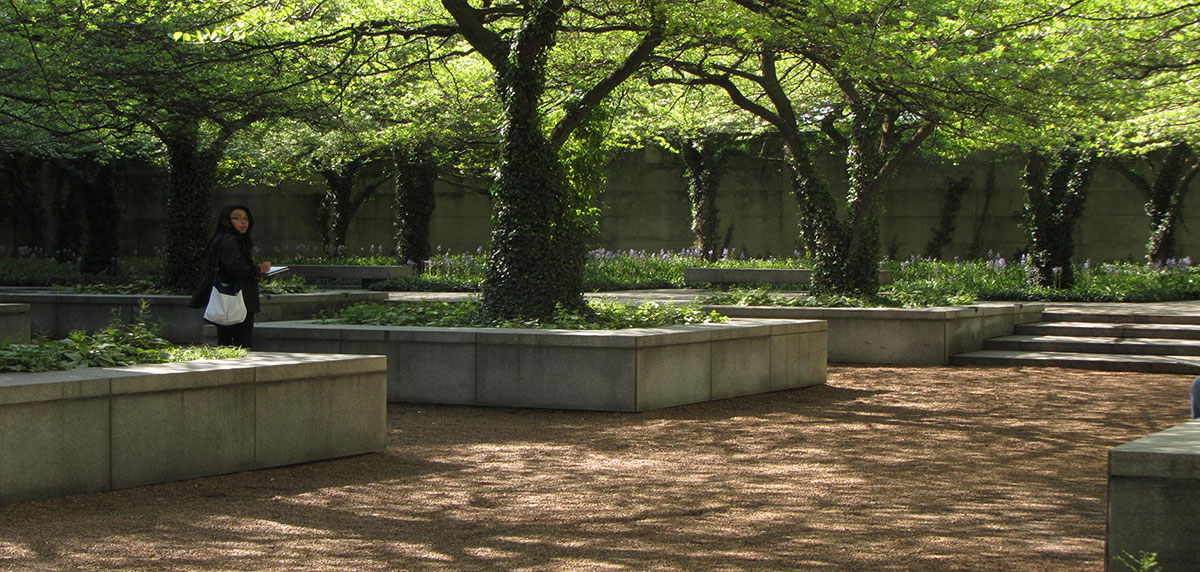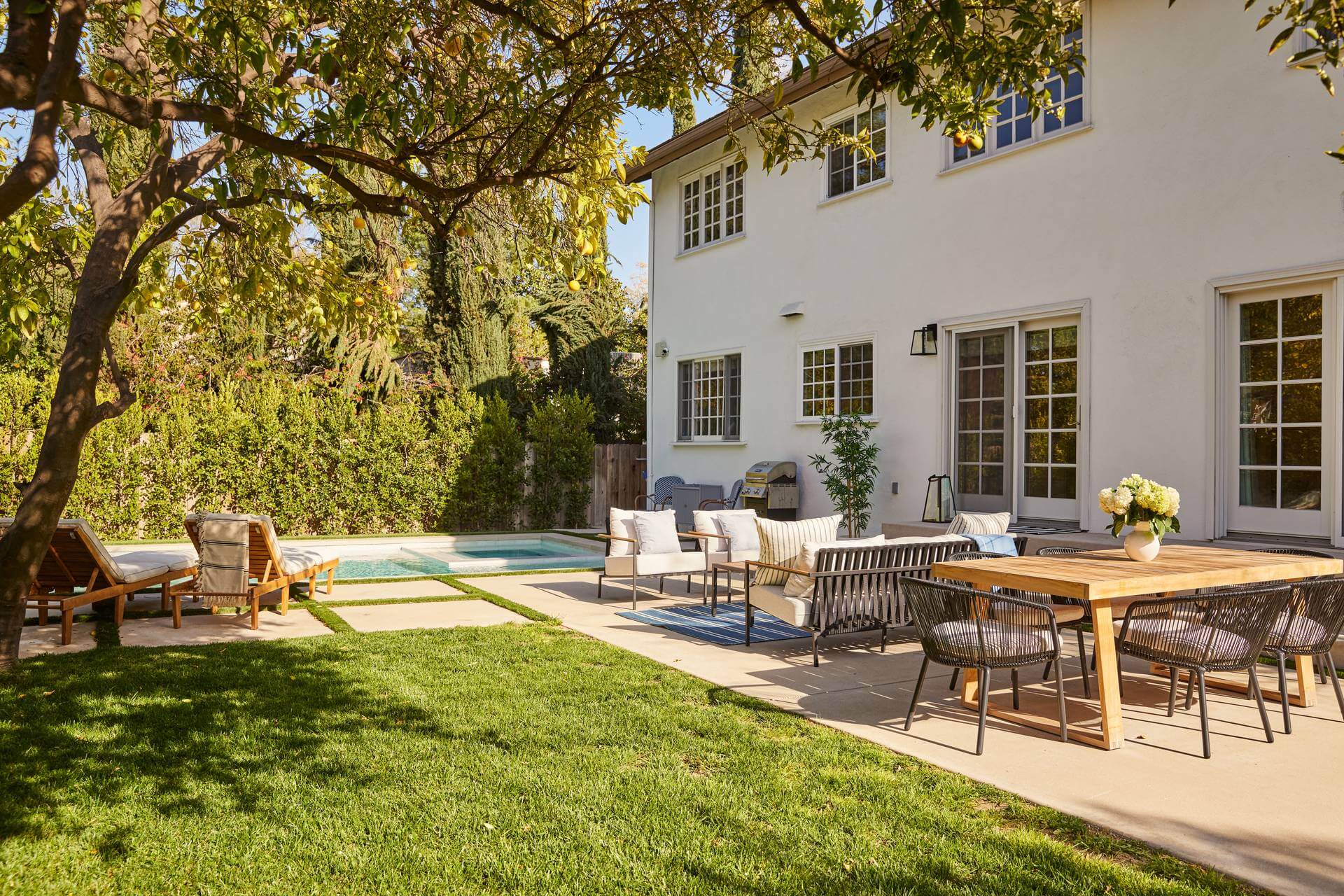The 5-Minute Rule for Landscapers
The 5-Minute Rule for Landscapers
Blog Article
How Landscapers can Save You Time, Stress, and Money.
Table of ContentsNot known Factual Statements About Landscapers 9 Simple Techniques For LandscapersThe Basic Principles Of Landscapers What Does Landscapers Mean?7 Easy Facts About Landscapers ExplainedNot known Details About Landscapers
- A yard feature where water is represented by an aggregate stone item, usually a gravel or granite. These are most typically discovered in modern and Japanese garden design.- A stone or flagstone outdoor patio, path, or pathway developed without a concrete base. The base would certainly be compressed crushed rock and the joints would certainly be an accumulation or walkable ground cover. - A stone retaining or free standing wall built without the usage of mortar. - A below ground structure that accumulate water and enables it to slow percolate right into the dirt around it.
Landscape layout that is suitable with a sites' setting in both look and sustainability without unfavorable impacts to the atmosphere. Bordering in the landscape is a line of demarcation that creates aesthetic rate of interest in the garden by dividing one section from another section. This can be aesthetic or useful, keeping one component (such as pea crushed rock) from getting mixed right into one more (like bark dust).
Locations can likewise have a sensation of "room" provided by trees, various other growings, fences, or screens. The landscape near the access to a building. A tree, bush or creeping plant, educated to expand on a wall or fencing into a details pattern. Particularly useful for fruit trees, making it simple to harvest the fruit and consisting of mess.
The Main Principles Of Landscapers

The component in a landscape style or location in a landscape that is indicated to be most noticeable. The focal point can be a plant, stone, statuary, collecting space, or other landscape function.

A Biased View of Landscapers
Rock product, either rounded or fractured, that is fairly tiny- usually 1" or less. Reduced plants that are permitted or urged to spread over a location. sites Can describe any kind of "hard" garden components consisting of statuary or boulders but many commonly is utilized to refer to paths, outdoor patios, and walls.: Height difference between the level of water in a pond (or the level of the pump if it sits outside the pond) and the upper electrical outlet of water which impacts performance of the water pump in gph (gallons per hour). Dense shrubs or trees that develop a fencing, display, or limit.
Fencing boards that run flat, typically used in modern or Japanese-inspired landscape designs. Proper use of imaginary lines can help the landscape feel Read More Here connected to the home and various other elements.
Traditional PNW landscapes are informal. A plant that spreads even more than wanted, or into habitats where it does damages.
How Landscapers can Save You Time, Stress, and Money.
Can consist of head placements and protection, pipeline sizing, GPM specs, and materials needed to mount this system. Certified expert who designs landscapes, schooled in engineering and architecture as well as in horticulture.
The expert that prepares and establishes landscape projects, typically at a household or tiny industrial level with the major style incentive on growings. Landscape designers usually have much less schooling than Landscape Architects and are not licensed. A finished landscape design, describing all components for the new landscape. This usually takes the form of an illustration theoretically.
Using many growings of the same selection to fill in a location in the landscape. This can reduce upkeep and water use in the garden.
A mix of cement, sand, and water that is pop over to this web-site made use of in stone masonry for establishing stones and joints. A layer of garden compost or bark dust applied at the base of a plant. A mass growing of moss. A plant that was existing in a geographical area before people began altering the landscape.
The Single Strategy To Use For Landscapers
How the garden or a yard component is arranged in relationship to an existing or new attribute or to an instructions. Yards that are not mowed yet expanded in landscapes as perennials.

Plants that provide seasonal interest and after that pass away back in the winter season. Cold season turf that is the most usual turf lawn in Rose city, OR and the remainder of the PNW.An open roofed structure over an outdoor patio or various other landscape feature.
The most typical landscape gravel in the PNW. Location of the landscape made to handle rain water up until it can soak into the ground.
Structure made from timber, concrete, paving stones, blocks or other products for stabilizing slopes and stopping too much disintegration. Slim gutter. Developing a yard attribute being composed largely of rocks with growings that enhance and can prosper in the rough setting. Lawn sprinkler head design that rotates a stream of water across an area.
The 10-Minute Rule for Landscapers

Report this page